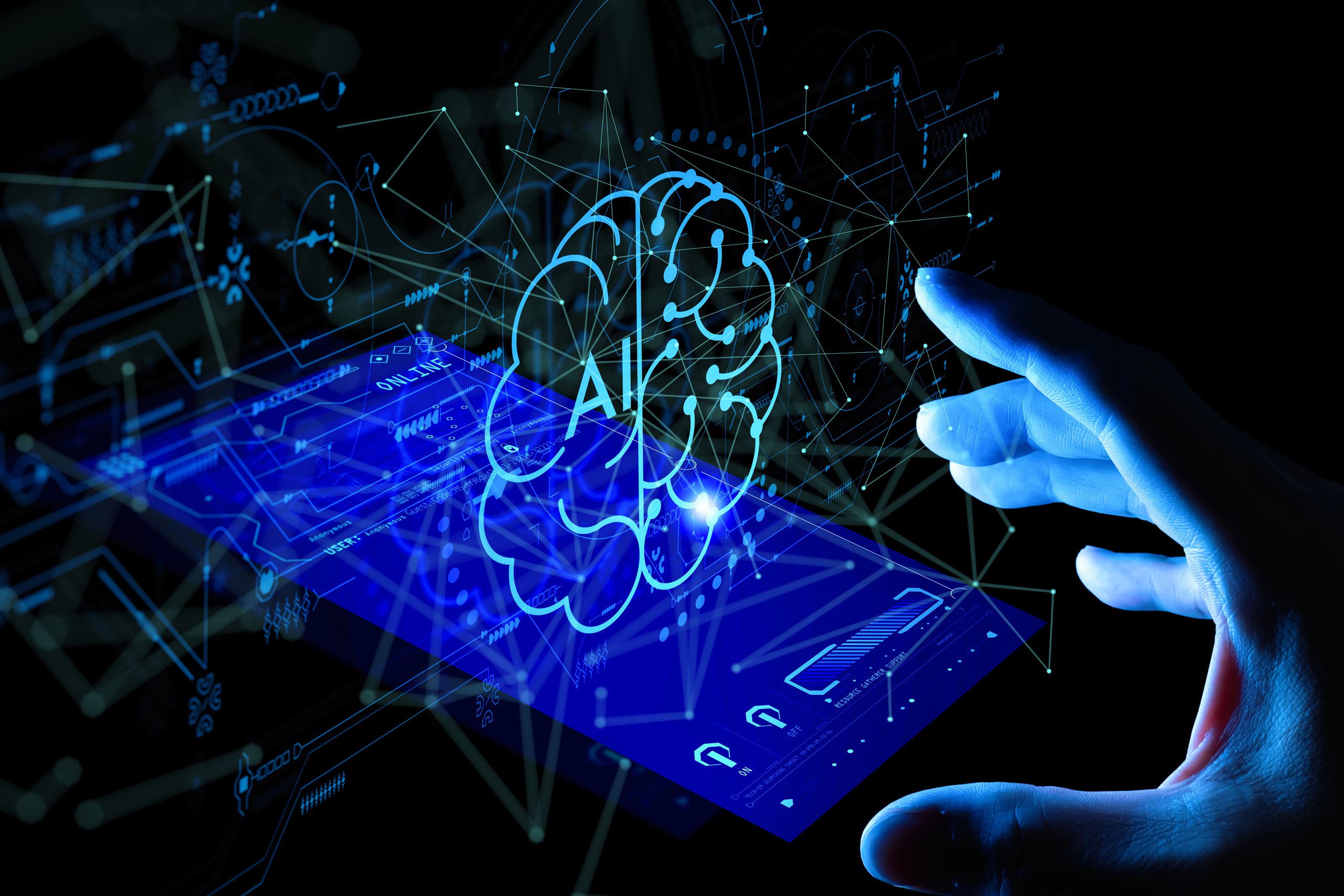What is Conversational AI? Isn't it the same as chatbots? How do they differ?
As time goes by and new tech concepts and innovations emerge, it can be difficult to keep track of all of them and know what each one means.
Come find the answer to these questions and which solution best fits your company's reality and needs.
What are traditional chatbots?
Let’s start with the oldest concept: chatbots. Chatbots are conversational robots that communicate with users through text messages and are usually present on companies' websites or instant messaging applications.
Mostly, they automate communications between stakeholders (companies and customers) in Customer Care services.
There are several types of chatbots. However, in this article, we will only divide them into two: traditional chatbots and chatbots with Conversational Artificial Intelligence.
Traditional chatbots, without AI, are more limited and cannot have a natural conversation since they are composed of decision trees, also responding to pre-parametrized keywords. As a result, they're typically used by smaller companies with fewer users, where these interactions are sufficient to answer frequently asked questions.
Artificial Intelligence
Artificial Intelligence is an almost infinite technology that allows systems to mimic human actions. This technology consists of different areas, and one of them is Conversational AI, which, as the name implies, focuses on a system's ability to communicate with humans.
This area of AI allows chatbots to perform better and automatically perceive and respond according to the stimuli they receive.
For this reason, they are used in big companies with large volumes of interactions/customers. The goal is to automate repetitive processes and frequent questions, leaving only the most complex and particular ones to the contact center assistants.
What is Conversational AI?
Conversational AI, or Conversational Artificial Intelligence, takes chatbots to the next level. While most traditional chatbots rely on pre-defined rules and paths and cannot answer questions that diverge from what has been defined in their conversational flow, chatbots with Conversational AI can go beyond.
By relying on technologies such as NLP, Machine Learning, Automatic Speech Recognition, and Advance Dialog Management, Conversational AI allows chatbots to have natural conversations and to jump from subject to subject as if in a conversation with a human.
Unlike traditional chatbots, chatbots with Conversational AI can answer questions that are not identical to what they have in their knowledge base. The chatbot will understand their intention no matter how users type in their queries.
As a matter of fact, the more interactions the chatbot has, the more it learns and becomes more efficient.
Besides, if it can't answer what the user wants, it will conveniently forward the request to a brand representative.
What are the differences between traditional chatbots and Conversational AI?
We've already seen that as soon as you communicate with a chatbot with Conversational AI, you can tell the most significant, most considerable difference: the ability to mimic a human conversation. That said, many more differences may not be as evident to the user but are pretty relevant in distinguishing the two types of chatbots.
Traditional Chatbots:
- They rely on predefined rules and conversational flows.
- Most interactions are carried out through buttons.
- Their scalability is very limited.
- If a question is outside their knowledge base, they cannot provide an answer.
- They can only understand what they have been specifically taught.
Chatbots with Conversational AI:
- They are powered by technologies that enable them to understand human language (Natural Language Processing).
- They have a high level of scalability and can be implemented across various conversational channels.
- They learn from user interactions using Machine Learning.
- Their interactions can include buttons, but they are also capable of responding with text or voice.
- Even if the query is not in their knowledge base, they can understand the user's intent and provide a relevant response.
- They can personalize conversations based on user profiles.
- Integration with CRM systems and various APIs allows for the automation of repetitive processes.
- The Conversational AI platform can automatically escalate complex or specific requests to a Live Chat, where brand representatives are available for customer service.
How to choose the best solution for your company?
The choice between a traditional chatbot and a conversational AI chatbot depends directly on your company's goal. If the focus is to give an alternative to the Frequently Asked Questions (FAQs) page, then a traditional chatbot can help you.
However, suppose your focus is to digitally transform your company, be at the forefront of innovation, increase customer satisfaction, automate processes and optimize the work of the Customer Support team. In that case, chatbots with Conversational AI are the best option.
Additionally, if you want to decrease or even eradicate phone calls, which can be costly, the solution still is to invest in Conversational AI.
This technology is present in the Visor.ai solution.
Through an intuitive, easy-to-use platform, you can parameterize your chatbot's interactions autonomously and without technical knowledge. Plus, you can give it the necessary knowledge to answer questions about your company and products/services, thus enriching it continuously.
You can see the answers that the chatbot has given to questions not yet included in the knowledge base using the AI Trainer tool.
In addition, on the platform, you also have access to numerous metrics that you can analyze to improve chat interactions and the Live Chat service.
The tools available in Visor.ai's Conversational AI platform are numerous. They range from knowledge building and increasing the intelligence of your chatbot to conversations with Customer Service Assistants.
Request a demo and enter the future of intelligent interactions today!


